
Deutsch-Chinesische Enzyklopädie, 德汉百科

 Energy resource
Energy resource
 *Nuclear power
*Nuclear power

 Energy resource
Energy resource
 Nuclear power plants
Nuclear power plants
 Republic of Korea
Republic of Korea

 Economy and trade
Economy and trade


 Energy resource
Energy resource

 Energy resource
Energy resource
 *Nuclear power
*Nuclear power

 Energy resource
Energy resource
 *Electrical power
*Electrical power

 Energy resource
Energy resource
 Nuclear power plants
Nuclear power plants
 Russia
Russia

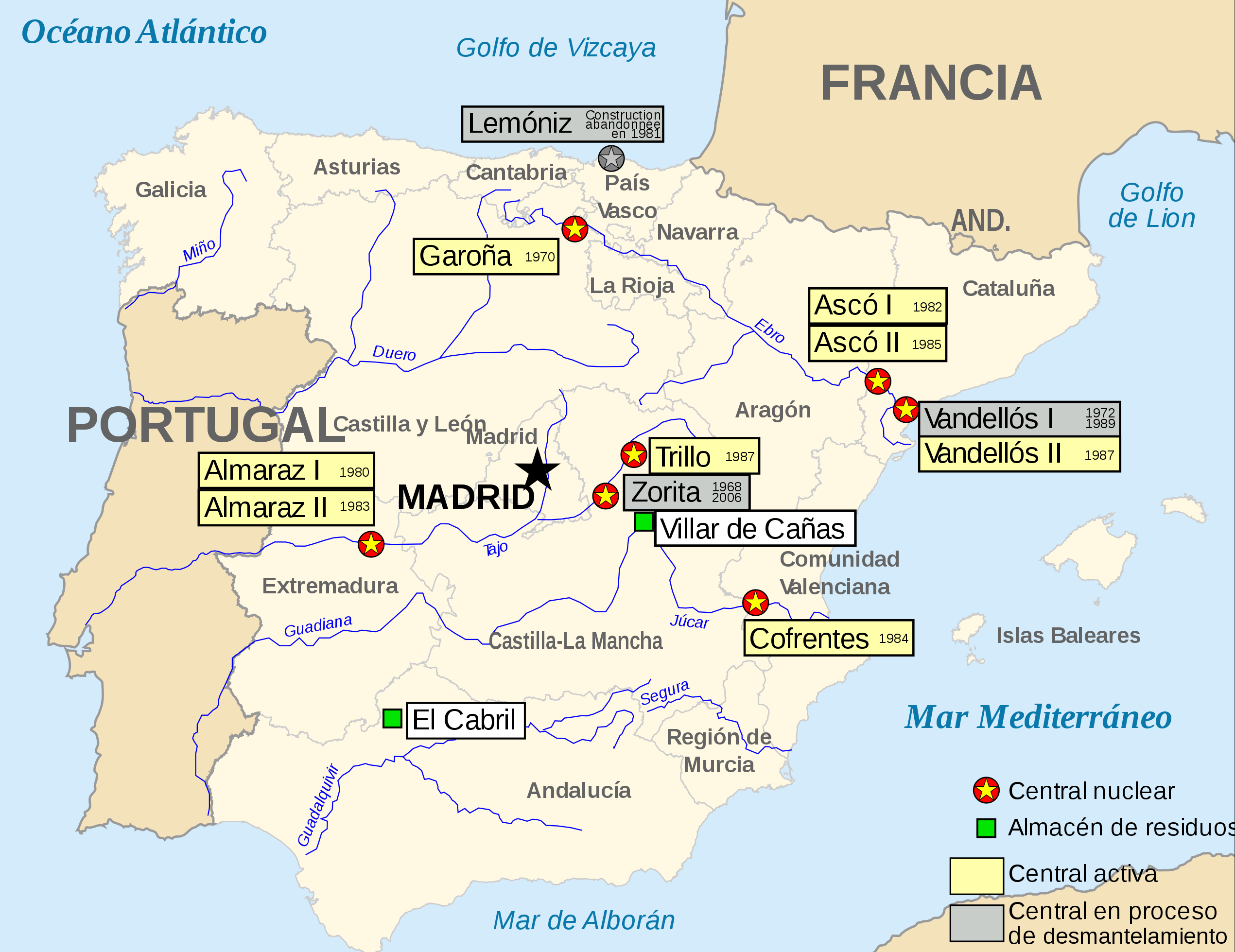


 Energy resource
Energy resource

 Energy resource
Energy resource
 *Nuclear power
*Nuclear power
 Flugzeugträger
Flugzeugträger
 Gerald-R.-Ford-class
Gerald-R.-Ford-class
 Flugzeugträger
Flugzeugträger
 Nimitz-class
Nimitz-class



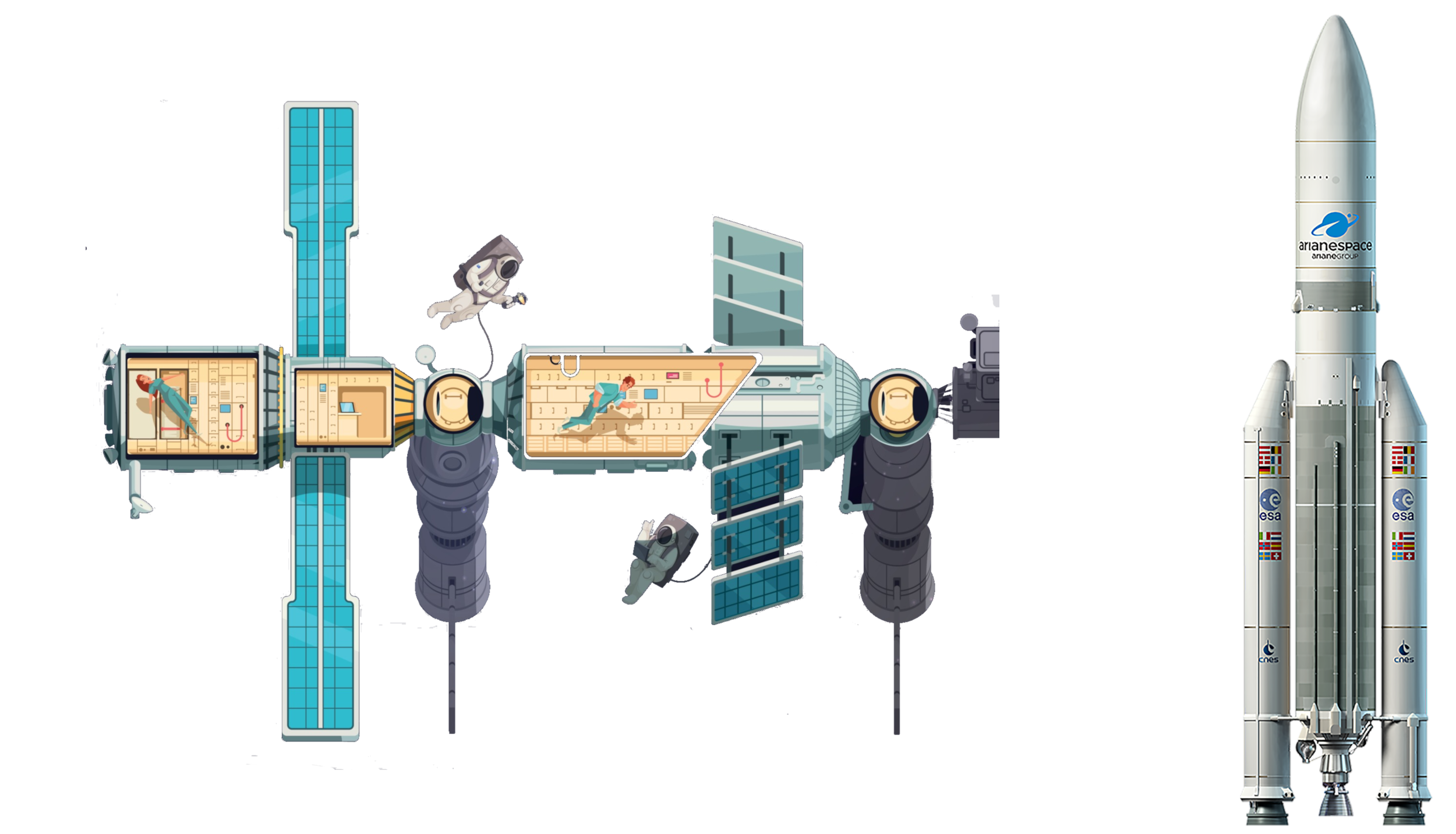 Aerospace
Aerospace

 Ships and Nautics
Ships and Nautics

 Science and technology
Science and technology


 Druckwasserreaktor/Pressurized Water Reactor
Druckwasserreaktor/Pressurized Water Reactor

 Energy resource
Energy resource

 Energy resource
Energy resource
 *Electrical power
*Electrical power

 Energy resource
Energy resource
 Nuclear power plants
Nuclear power plants

 South Carolina-SC
South Carolina-SC
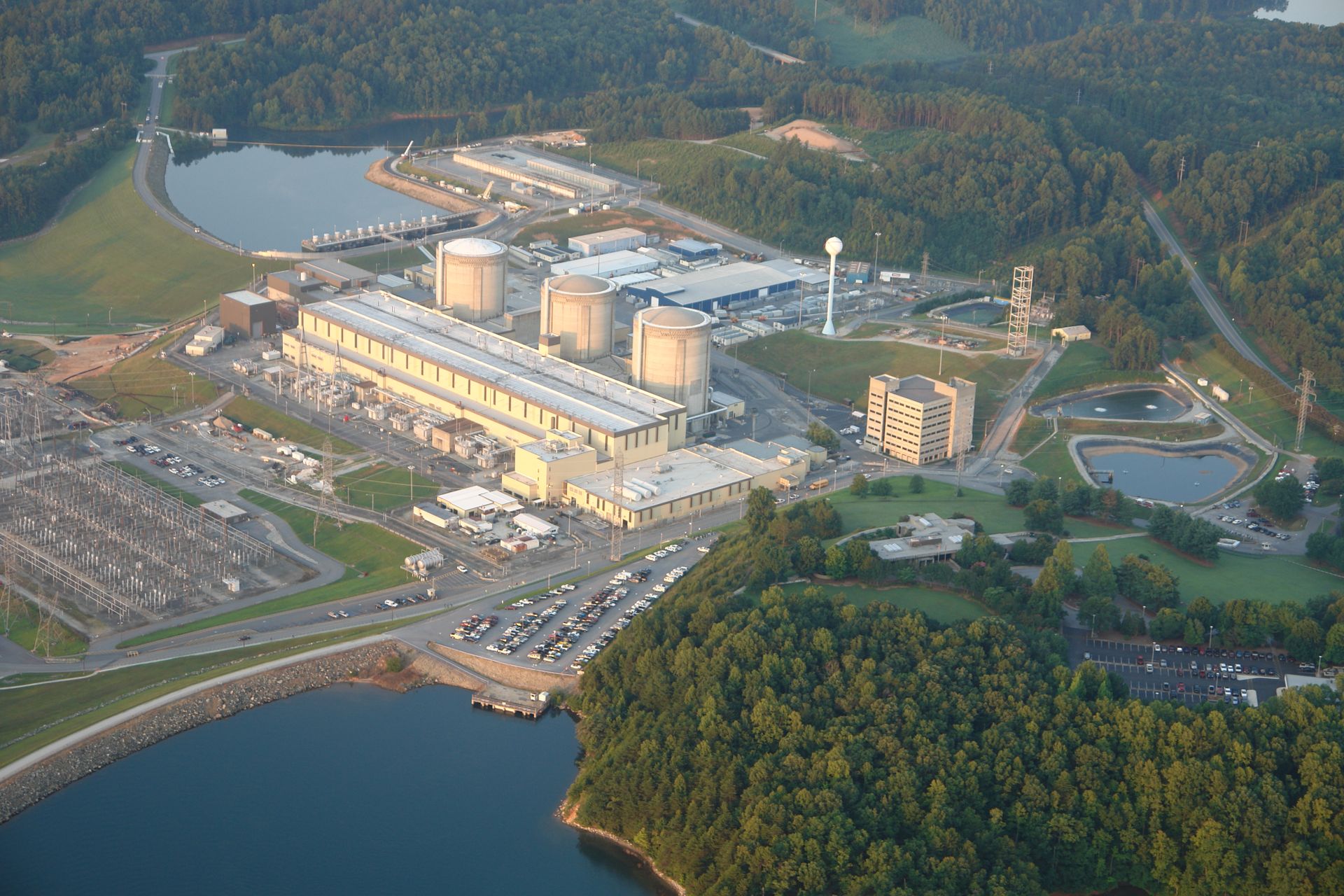

 Arizona-AZ
Arizona-AZ
 Druckwasserreaktor/Pressurized Water Reactor
Druckwasserreaktor/Pressurized Water Reactor

 Energy resource
Energy resource

 Energy resource
Energy resource
 *Electrical power
*Electrical power

 Energy resource
Energy resource
 Nuclear power plants
Nuclear power plants
 United States
United States
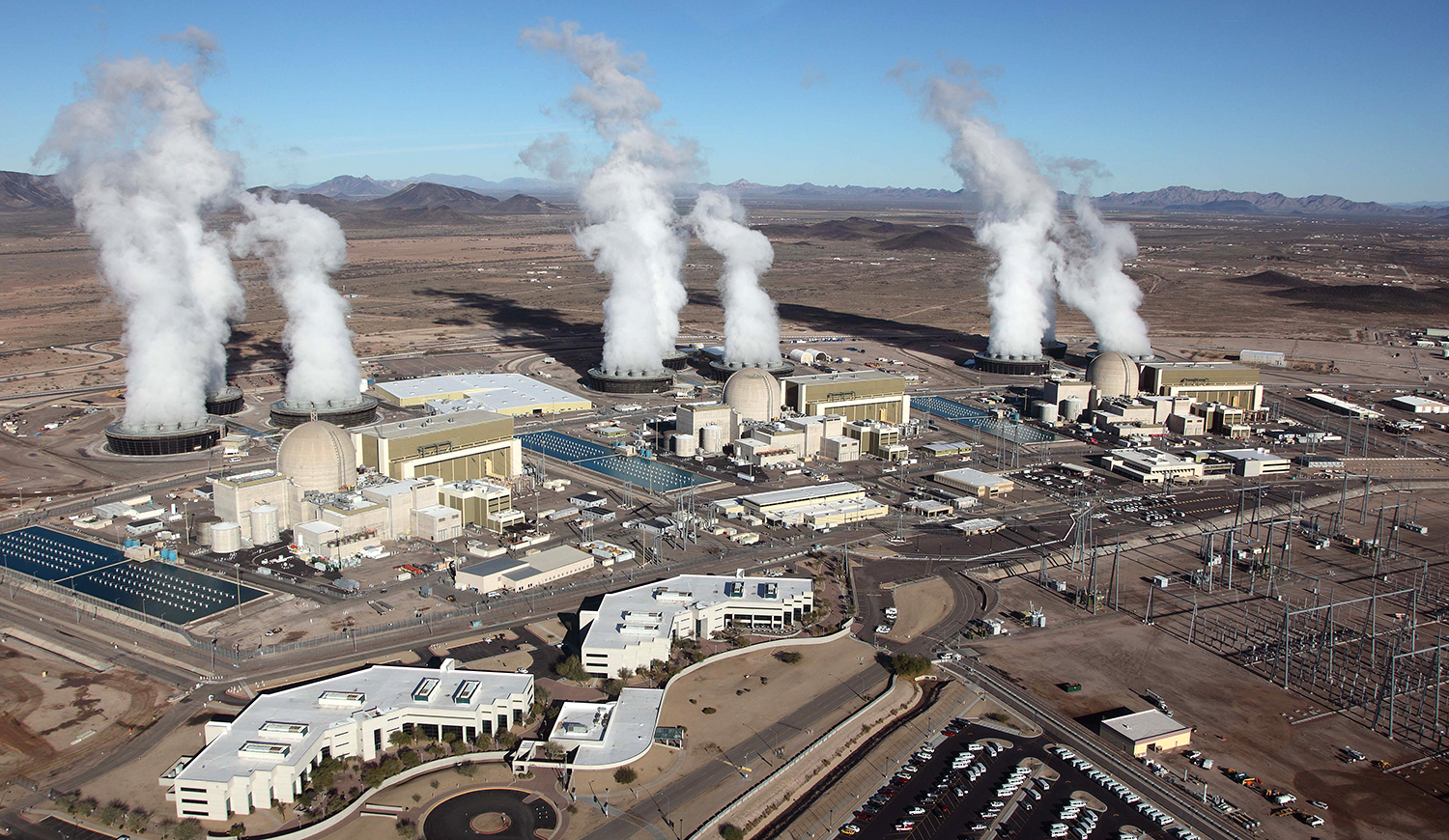

 Energy resource
Energy resource

 Energy resource
Energy resource
 *Nuclear power
*Nuclear power



 Aerospace
Aerospace




 Military, defense and equipment
Military, defense and equipment

 Ships and Nautics
Ships and Nautics

Nuclear Battery
The public is familiar with nuclear energy in nuclear power plants but not in batteries. Nuclear batteries are in fact closer to nuclear power plants than traditional batteries in that they use radioactivity to generate power instead of storing an amount of charge. When compared to chemical batteries, nuclear batteries are characterized by higher volumetric energy density (therefore longer battery life) and stronger endurance in harsh conditions. This report will explore the present state of nuclear battery technology and recently discovered possible breakthroughs.
Applications
Space exploration poses unique challenges that are not faced when working with electronics on Earth. It is impossible or extremely costly to access a device once it has been launched into the space. Because only a small percentage of sunlight reaches the outer perimeter of the solar system compared to the orbit of Earth, solar energy is not a practical solution to powering electronic equipments when exploring the outer planets. NASA uses a specific type of nuclear battery technology called Radioactive Thermoelectric Generator (RTG) to power their spacecrafts in missions that last over 10 years.
Implantable medical devices (IMDs) also utilize the unique characteristics of nuclear batteries. Just like in spacecrafts, batteries used to power IMDs must function reliably over a long period of time without being accessed for recharge or maintenance. Unlike in spacecrafts, however, batteries used in IMDs must be limited in size and radioactivity. Hence, a different nuclear battery technology called betavoltaic cell is used in IMDs. Although the technology was invented and widely used for patients in the 1970s, the potential risk of radiation convinced the medical industry to shift to lithium ion batteries in the 1980s. Only with the recent advancement in safety of nuclear batteries, the option with a considerable advantage in battery life is being reconsidered.
The United States Department of Defense requires that every missile and aircraft be equipped with an anti-tamper protection such that the technology cannot be reverse-engineered by others. Because a single instance of battery malfunction can wipe the memory circuit's configuration, batteries used in anti-tamper system must withstand temperatures between -65 and +150 degrees Celsius, high-frequency vibrations, and high humidity. [1] Lockheed Martin Missiles and Fire Control, therefore, uses nuclear batteries to power the anti-tamper system under harsh conditions and prolonged usage. [1]
Radioactive Thermoelectric Generator (RTG)
Radioactive Thermoelectric Generator uses heat generated spontaneously from radioactive substances. The technology requires a large space to capture escaping heat inside semiconductors effectively. The shortcomings of RTG technology are its poor efficiency of 6%, its low power density, and its large size. [2]
NASA calls their technology Multi-Mission Radioisotope Thermoelectric Generator (MMRTG), and in 2016, NASA announced the next generation Enhanced Multi-Mission Radioisotope Thermoelectric Generator (eMMRTG). As Fig. 1 illustrates, eMMRTG improves the original MMRTG with a new thermoelectric technology called Thermoelectric Couple Assembly. eMMRTG's improved efficiency will also help NASA save plutonium which is in extreme shortage in the United States.
Betavoltaic Cells
Betavoltaic cells, also known as betavoltaic devices, are a nuclear battery technology used in small devices that cannot use Radioactive Thermoelectric Generators. Betavoltaic cells utilize beta-decay of isotopes such as tritium. Tritium is a byproduct of nuclear power plants, so manufacturing betavoltaic cells with tritium is an excellent way to turn nuclear wastes into useful goods. [3] The shortcoming of betavoltaic cells in, comparison to chemical batteries, is the low power output. According to Jonathane Greene, the CEO of Widetronix which manufactures betavoltaic cells, a package that is one centimeter-squared wide and two-tenths of a centimeter tall generates one microwatt of power. [1] In comparison, a smartphone using 50% CPU, Wi-Fi connection, and white display will use 1857 mW, so a nuclear battery is not suitable for consumer electronics. [4]
Aqueous Nuclear Battery
Baek Hyun Kim and Jae Won Kwon at University of Missouri published a paper in 2014 proposing one possible next generation nuclear battery technology. Aqueous Nuclear Battery, which is also known as water-based nuclear battery, uses liquid medium for radiolysis, absorbing the kinetic energy of beta particles which is lost in betavoltaic cells. In Kim and Kwon's design using nanoporous titanium dioxide semiconductors coated in platinum, a high efficiency of 53.88% was reached at a potential of 0.9 volts. [5] Using an aqueous solution for radiolytic energy conversion results in higher energy level and lower temperature than using a solid state material does.
Diamond Nuclear Battery
The University of Bristol posted a press release in 2016 introducing another possible next generation nuclear battery technology using carbon isotopes in the form of diamonds. Nuclear power generation produces radioactive waste that cannot be easily disposed. In United Kingdom alone, 95,000 tons of radioactive C-14 are deposited and decaying. Researchers at the University of Bristol discovered a way to heat and gasify the radioactive C-14 concentration on the surface of deposited nuclear graphite wastes, and condense the gas into artificial diamonds. A man-made diamond generates an electric current when placed in a radiation field, and a diamond made of C-14 produces a radioactive field spontaneously. Hence, the diamond battery can create a constant electric current as long as it remains radioactive. Although C-14 can deliver only 15 joules per gram (compared to 700 joules per gram of standard alkaline battery), the C-14 diamond battery can generate power for 7746 years before reaching 50% charge (compared to a single day usage of standard alkaline battery). The C-14 diamond can be encapsulated in a non-radioactive diamond shell which will block all radiation and protect the battery under harsh conditions. [6] The resulting battery is made of the hardest material on Earth, so the industry might finally overcome the psychological resistance of sensitive clients such as patients using IMDs.
Conclusion
Nuclear batteries remain impractically expensive and slow to power consumer products. Furthermore, an essential ingredient of nuclear batteries is the waste from nuclear power plants, so the nuclear battery industry depends on that of the nuclear power plant. However, new technologies that allow for smaller, safer, more efficient, and longer-lasting nuclear batteries suggest a bright future for nuclear battery products in above-stated niche markets. When the cost of manufacturing nuclear batteries decreases, low-power internet-of-things devices could also be powered cord-free for thousands of years with a single charge using this revolutionary technology one day.
© Junwon Park. The author grants permission to copy, distribute and display this work in unaltered form, with attribution to the author, for noncommercial purposes only. All other rights, including commercial rights, are reserved to the author.
References
[1] K. Bourzac, "A 25-Year Battery," Technology Review, 17 Nov 09.
[2] M. A. Prelas et al., "A Review of Nuclear Batteries," Prog. Nucl. Energ., 75, 117 (2014).
[3] V. M. Efremenkov, "Radioactive Waste Management at Nuclear Power Plants," IAEA Bulletin, March 1989, p. 37.
[4] B. A. Naik and R. K. Chavan, "Optimization of Power Usage of Smartphones," Int. J. Comput. Appl. 119, 7 (2015).
[5] B.H. Kim and J. W. Kwon, "Plasmon-Assisted Radiolytic Energy Conversion in Aqueous Solutions," Sci. Rep. 4, 5249 (2014).
[6] D.T. Connor, P. G. Martin, T. B. Scott, "Airborne Radiation Mapping: Overview and Application of Current and Future Aerial Systems," Int. J. Remote Sens. 37, 5953 (2016).

 Energy resource
Energy resource

 Energy resource
Energy resource
 Nuclear power plants
Nuclear power plants

 History
History

 History
History
 N 2000 - 2100 AD
N 2000 - 2100 AD

 Science and technology
Science and technology


第四代反应炉(英语:Generation IV reactors,缩写:Gen IV)是一系列研究中的理论反应炉设计,其设计特征为:核能的可持续利用、经济性、安全与可靠性及防扩散与实物保护。
除了BN-1200反应炉,多数方案被认为在2030-2040年前不可能付诸商业运转,高温气冷堆技术方案的石岛湾核电站预计2017年并网发电,拖延至2021年并网发电。目前商转中的反应炉大多是第二代反应炉、以及只有十几个第三代反应炉(2014年),绝大部分的第一代系统已退役。
Bei den Reaktoren der vierten Generation (englisch: Generation IV reactors, Abkürzung: Gen IV) handelt es sich um eine Reihe theoretischer Reaktorkonzepte, die im Hinblick auf die nachhaltige Nutzung der Kernenergie, die Wirtschaftlichkeit, die Sicherheit und Zuverlässigkeit sowie die Verbreitungssicherheit und den physischen Schutz untersucht werden.
Mit Ausnahme des BN-1200-Reaktors wird davon ausgegangen, dass die meisten Optionen nicht vor 2030-2040 kommerziell genutzt werden können, wobei der Netzanschluss des Kernkraftwerks Shidao Bay für die Option der gasgekühlten Hochtemperaturreaktortechnologie für 2017 erwartet wird und sich bis 2021 verzögert. Bei den meisten Reaktoren, die sich derzeit in der kommerziellen Umrüstung befinden, handelt es sich um Reaktoren der Generation II sowie um nur ein Dutzend Reaktoren der Generation III (2014), während die überwiegende Mehrheit der Systeme der Generation I bereits stillgelegt wurde.
| Type | Neutron Spectrum | Coolant | Temperature (°C) | Fuel Cycle | Size (MW) | Example developers |
|---|---|---|---|---|---|---|
| VHTR | Thermal | Helium | 900–1000 | Open | 250–300 | JAEA (HTTR), Tsinghua University (HTR-10), Tsinghua University & China Nuclear Engineering Corporation (HTR-PM),[45] X-energy[46] |
| SFR | Fast | Sodium | 550 | Closed | 30–150, 300–1500, 1000–2000 | TerraPower (Natrium, TWR), Toshiba (4S), GE Hitachi Nuclear Energy (PRISM), OKBM Afrikantov (BN-1200), China National Nuclear Corporation (CNNC) (CFR-600),[47] Indira Gandhi Centre for Atomic Research (Prototype Fast Breeder Reactor) |
| SCWR | Thermal or fast | Water | 510–625 | Open or closed | 300–700, 1000–1500 | |
| GFR | Fast | Helium | 850 | Closed | 1200 | Energy Multiplier Module |
| LFR | Fast | Lead | 480–800 | Closed | 20–180, 300–1200, 600–1000 | BREST-OD-300, MYRRHA, SEALER[48] |
| MSR | Fast or thermal | Fluoride or chloride salts | 700–800 | Closed | 250–1000 | Seaborg Technologies, TerraPower, Elysium Industries, Moltex Energy, Flibe Energy (LFTR), Copenhagen Atomics, Thorium Tech Solution (FUJI MSR), Terrestrial Energy (IMSR), Southern Company,[46] ThorCon |

 Energy resource
Energy resource

 Energy resource
Energy resource
 *Electrical power
*Electrical power

 Energy resource
Energy resource
 Nuclear power plants
Nuclear power plants
 Zhejiang Sheng-ZJ
Zhejiang Sheng-ZJ
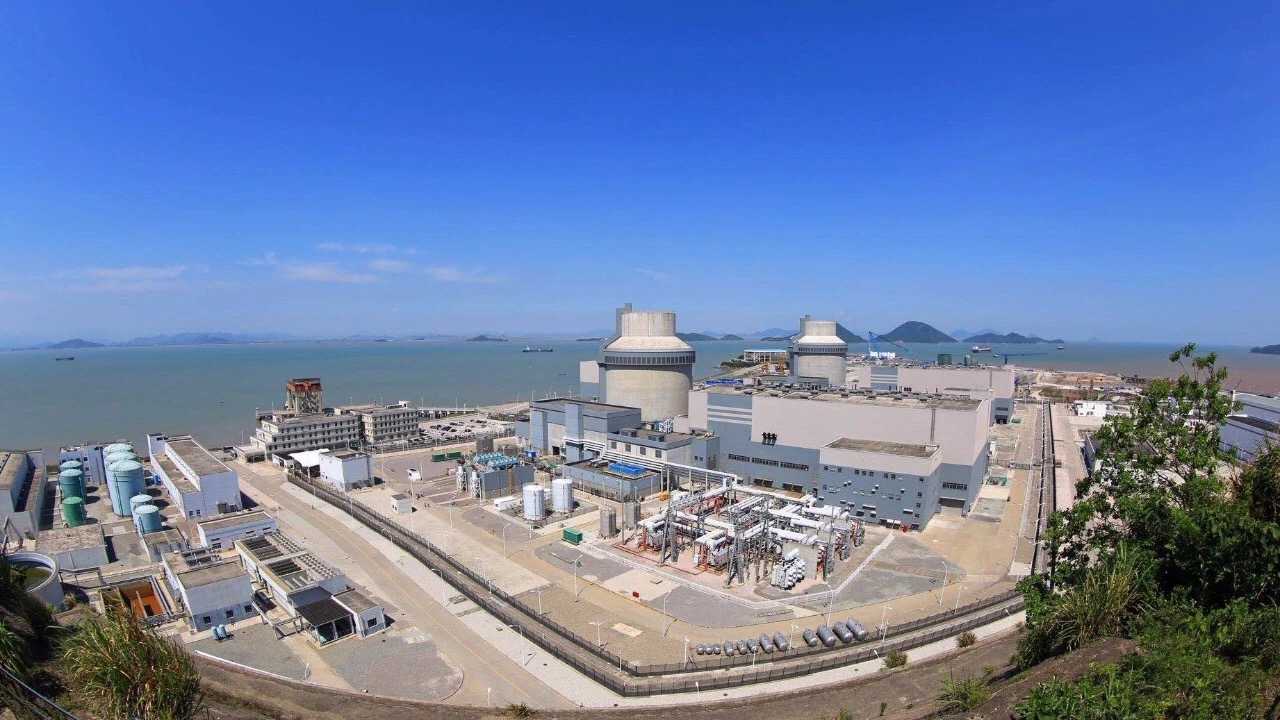

 Energy resource
Energy resource

 Energy resource
Energy resource
 *Electrical power
*Electrical power

 Energy resource
Energy resource
 Nuclear power plants
Nuclear power plants
 Shandong Sheng-SD
Shandong Sheng-SD

 Druckwasserreaktor/Pressurized Water Reactor
Druckwasserreaktor/Pressurized Water Reactor

 Energy resource
Energy resource

 Energy resource
Energy resource
 *Electrical power
*Electrical power

 Energy resource
Energy resource
 Nuclear power plants
Nuclear power plants

 Texas-TX
Texas-TX

 Geography
Geography
 Maryland-MD
Maryland-MD